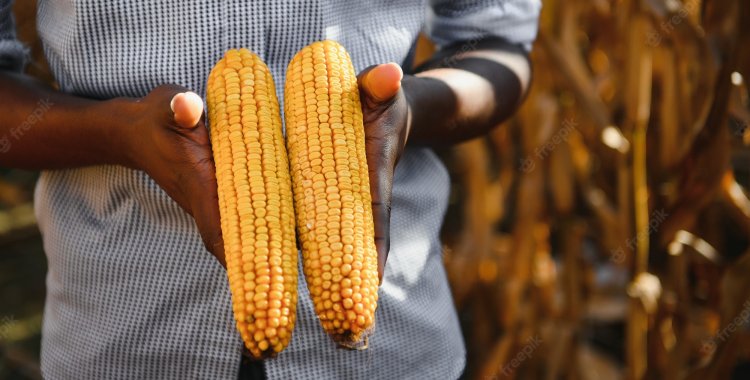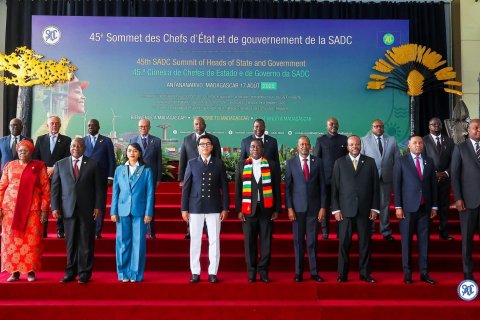The programme, approved at the 7th ordinary session of the Council of Ministers, guided by the President of the Republic, João Lourenço, includes the National Plan for the Promotion of Grain Production (PLANAGRÃO). This plan contains the assumptions for the implementation of actions to promote the production and supply of maize, rice, wheat and soy, in the period from 2022 to 2027.
With the implementation of this plan, valued at 2.2 billion kwanzas, the Executive will guarantee self-sufficiency and food security, in addition to generating employment, income and the sustainable use of natural resources, says the Government in a statement to which VerAngola had access.
Of the total value of the program, 1.17 billion kwanzas will be earmarked for public investment, specifically for the delimitation and subdivision of land, and 1.1 billion kwanzas to reinforce the financial capital of the Development Bank of Angola (BDA), so that it can be available to the private business sector, and direct it to the production of maize, rice, wheat and soy.
The Executive chose the east of the country for the development, on a larger scale, of the cultivation of these cereals. "We have vast lands and also many water resources and agroclimatic conditions necessary for the cultivation of these grains", assured the Minister of Economy and Planning, Mário Caetano João, adding that the National Grain Program also aims to promote the production value chain. animal.
Data from 2021 indicate that corn is the most produced product at the moment, with about three million tons/year, followed by soybeans and rice.
As for imports, wheat ranks first, followed by rice and soybeans. In terms of consumption, corn is the preferred grain, followed by wheat and rice.
With the aim of developing the production and productivity of these cereals, the Government has set aside two million hectares for this purpose. "We are going to go from 2.7 tons per hectare to approximately 3.4 tons. Therefore, this is the result of productivity gains. And it is expected that around six million tons will be produced in two million hectares", informed Mário Caetano João.
Currently, said the Minister of Economy and Planning, Angola is producing on 250,000 hectares, with 613,000 tonnes of these cereals and will increase to six million tonnes.
The National Plan for the Promotion of Grain Production (PLANAGRÃO) will also allow the flow of grain to different economic regions of the African continent, with emphasis on the Southern African Development Community (SADC).
"As an opportunity, the integration of Angola into various economic regions was seen, such as SADC and ECCAS, markets with more than two hundred million inhabitants", said Mário Caetano João.







